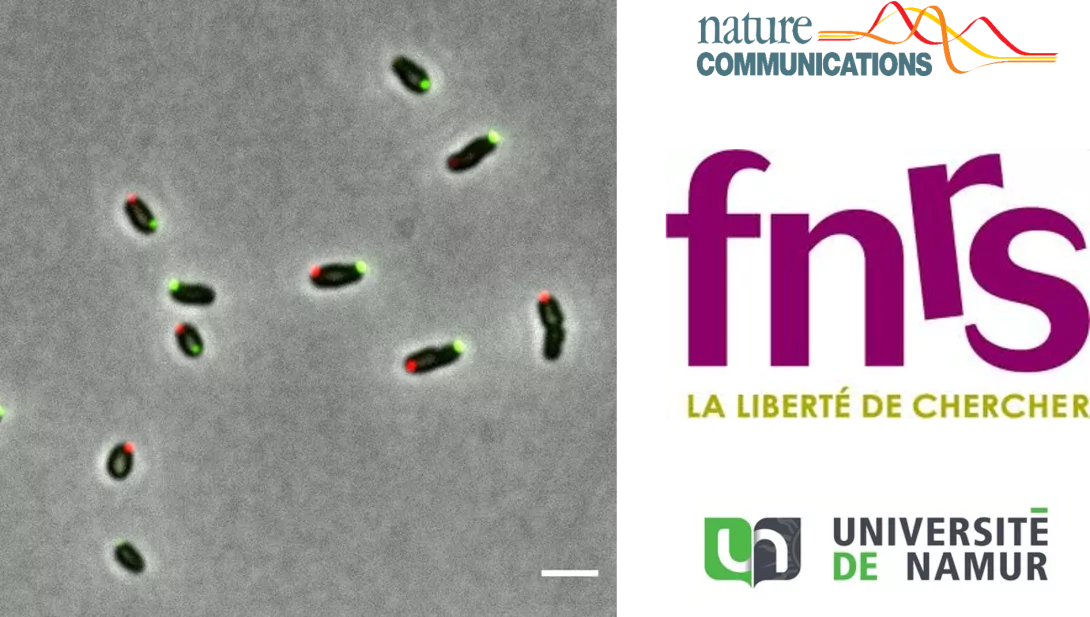The study of Brucella bacteria is one of the fields of microbiology in which UNamur's research teams have specialised for over twenty years. This bacterium, which infects livestock, causes Brucellosis, a disease that can be transmitted to humans through the consumption of unpasteurised dairy products, contact with infected animal tissue or by inhalation. It is one of the most widespread zoonoses in the world.
Over the years of research, the team, led by Professor Xavier De Bolle, has been able to draw up a sort of 'catalogue' of Brucella's weaknesses. They were able to show how the bacterium builds its outer shell, which is its armour to resist external conditions. In this context, it was also important to understand how it manages to grow this armour... without piercing it! The work just published shows where and how Brucella transports certain components of its envelope to the outside. In addition, it identifies a new class of enzyme, a complex molecular machine that is required for the construction of a complete armour, and thus crucial for Brucella's ability to infect its hosts.

These discoveries have just been published in the prestigious scientific journal Nature Communications. They illustrate the cutting-edge expertise developed at UNamur in the field of molecular microbiology.
The UNamur has decided to invest even more in this field by organising a Master's degree in molecular microbiology from September 2019. As a reminder, this is a unique Master's degree in Europe, taught entirely in English, anchored in research.
"Thanks to the work of the whole team, we have figured out how to make life hard for Brucella," explains Professor Xavier De Bolle, from the Microorganism Biology Research Unit (URBM) at UNamur. "Our research, financed by the FNRS, is fundamental. We are at the stage that precedes the development of applied processes. But the practical application of our discoveries could in the future make it possible to construct a biochemical process that would force Brucella to make a less solid armour, or even prevent it from making it at all."
"We were able to benefit from the support of the organic chemists at UNamur, and in particular the team of Professor Stéphane Vincent, who also studies these elements of the bacterial wall. A great collaboration within the NARILIS Institute."